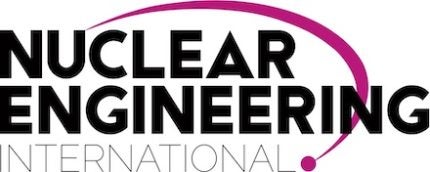
The US Department of Energy’s latest analysis argues that, in line with a major announcement at COP28 in Abu Dabhi last year, US nuclear capacity has the potential to triple from around 100 GW now to about 300 GW by 2050. In a September update to its Pathways to Commercial Liftoff report, the DOE notes that a surge in electricity demand related to growth in artificial intelligence and data centres – with a particular need for carbon-free round the clock generation – has increased the need for and interest in nuclear after decades of stasis. This, says the report, has created customers who are willing and able to support investment in new nuclear generation and has created a step change in the valuation of the existing fleet and new reactors.
Modelling of a decarbonised electricity system, the DOE says that, regardless of the level of renewables deployment, the US will need at least 700 – 900 GW of additional clean firm capacity to reach net-zero and nuclear is one of the few proven options that could deliver this at scale. Combined with incentives under the Inflation Reduction Act, for example, this demand is prompting a reappraisal of nuclear power as an essential element in the energy transition.
As the DOE says, while in 2022 utilities were shutting down reactors, just two years later operations are being extended to 80 years, plants are being uprated and previously been closed down units are being restarted.
Given the positive fundamentals the DOE argues that investing in more license renewals is essential. Of the existing fleet of 94 operating US reactors, 84 reactor licenses are currently due to expire prior to 2050 and, of those, a further 24 have licenses that will expire prior to 2035. Existing nuclear sites also offer significant benefits for siting new nuclear capacity. Preliminary analysis from the DOE suggests there may be room for between 60 GW and 95 GW of new nuclear at existing sites. This is In addition to the opportunities from capacity uprating which could add a further 2-8 GW in the near-term from the existing asset base.
However, the report points to the level of urgency to deploy new nuclear at scale. They warn that waiting until the mid-2030s could lead to both missing decarbonisation targets and potentially creating a significant nuclear supply chain overbuild. They argue that with deployment starting by 2030 and ramping up to an annual deployment of up to 13 GW by 2041 this level of build-out would provide 200 GW by 2050. Conversely, a five-year delay could require an additional 20 GW or more per year to achieve the same 200 GW. This in turn could result in as much as a 50% increase in the capital costs. The DOE concludes that the path to lift off requires three overlapping stages, a committed order book of 5–10 deployments of at least one reactor design, project delivery, and industrialisation.
While the analysis indicates that the market fundamentals for new nuclear haven’t been so overwhelmingly positive probably since the oil shocks of the 1970s, there’s no denying the scale of the challenge. Crucially though, the analysis points to the ace up nuclear’s sleeve. Simply put, the levelised cost of electricity (LCOE) from nuclear power does not capture the full benefits of nuclear. It is far more than a low-carbon energy source equivalent to renewables. Its benefits include the longevity of an operating nuclear asset which may have an 80-year or longer life span. Then there is considerable further value in firm generation which is able to provide power during key periods of high demand or when variable renewable energy resources are not generating. These benefits come on top of the value created by having clean electricity resources and extends into carbon-free heat for industrial processes which has few decarbonised alternatives. It’s clear then that nuclear is much more than power – shout it from the roof tops.
Author: David Appleyard, Editor, Nuclear Engineering International






